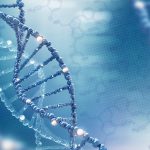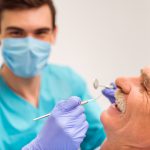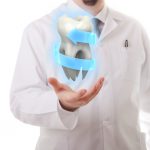
Dentists who were trained in the 70’s were always taught that the first instrument used in an operative procedure was the enamel hatchet. Caries excavation was done with spoon excavators and a belt driven low speed handpiece. We were always taught that reversible hydrocolloid was an excellent impression material, especially since you could use the same material on multiple patients. You just had to warm it back up in the water bath. We were always taught that we only needed to use a mask and...
Read More









